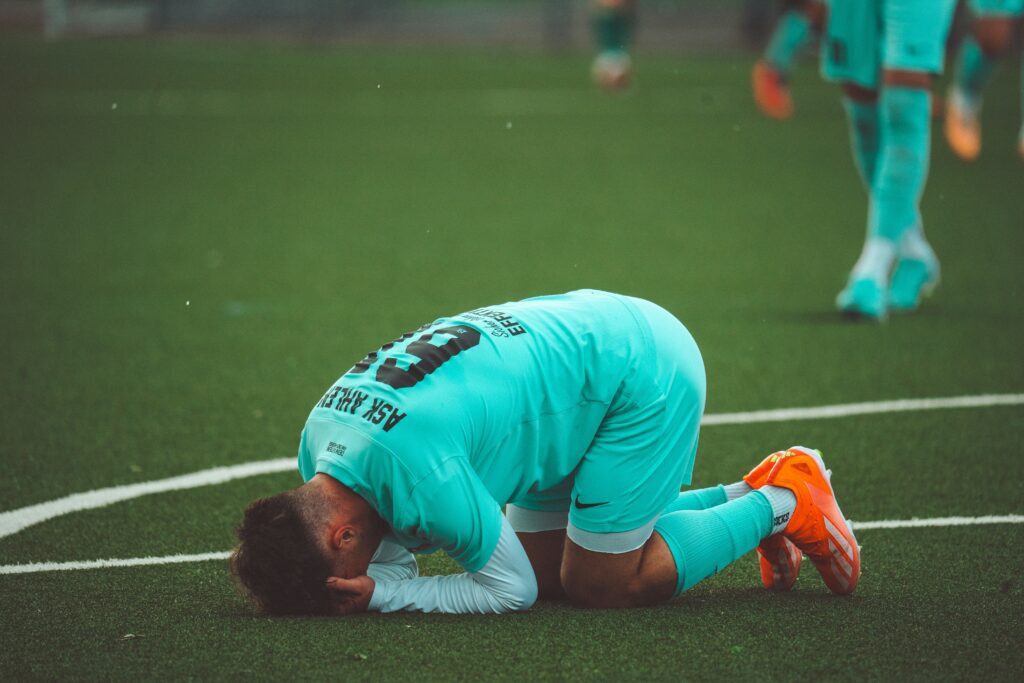As someone who values safety in every aspect of my work, I understand the critical role that regular equipment inspections play in maintaining a secure environment. Ensuring that machinery and tools are in top condition is not just a best practice; it’s a fundamental necessity for preventing accidents and promoting a culture of safety. In this article, I’ll delve into the significance of conducting routine equipment inspections to safeguard both employees and assets.
By prioritizing regular inspections, I’ve witnessed firsthand how organizations can mitigate risks, enhance operational efficiency, and prolong the lifespan of equipment. From manufacturing plants to construction sites, the impact of proactive maintenance cannot be overstated. Join me as I explore the compelling reasons why investing time and resources in regular equipment inspections is a cornerstone of a robust safety program.
The Importance of Regular Equipment Inspections for Safety
Ensuring safety in any work environment is paramount. Regular equipment inspections play a vital role in maintaining a safe workplace. Inspections are not just about compliance; they are a proactive approach to preventing accidents.
Regular inspections help me identify potential hazards early. By spotting issues before they escalate, I can take corrective action promptly. This proactive stance minimizes risks and ensures a safer working environment for everyone.
Investing in routine equipment inspections is investing in the safety culture of my workplace. It’s not just about meeting standards; it’s about prioritizing the well-being of my team. When I prioritize safety, I create a culture where everyone feels accountable for maintaining a safe work environment.
Furthermore, conducting regular equipment inspections can significantly enhance operational efficiency. Well-maintained equipment operates more smoothly, reducing downtime and optimizing productivity. It’s a win-win situation where safety and efficiency go hand in hand.
Additionally, regular inspections can extend the lifespan of equipment. Identifying and addressing issues early on can prevent costly breakdowns and prolong the life of machinery. By conducting inspections at regular intervals, I ensure that my equipment remains in top condition, saving both time and money in the long run.
Why Regular Inspections Are Crucial
Regular inspections play a vital role in maintaining workplace safety. By conducting routine checks, potential hazards can be identified and addressed proactively, preventing accidents and injuries before they occur. These inspections not only ensure compliance but also create a safety-focused environment that prioritizes the well-being of the team.
- Preventing Accidents and Injuries
Regular equipment inspections are instrumental in preventing accidents and injuries in the workplace. By identifying and mitigating potential hazards early on, these checks significantly reduce the risk of incidents that could harm employees. Investing time and resources in regular inspections is a proactive approach to ensure a safe working environment for everyone. - Enhancing Equipment Performance
In addition to safety benefits, regular inspections also enhance equipment performance. By identifying issues early and addressing them promptly, equipment downtime is minimized, leading to optimized operational efficiency. Proactive maintenance through regular inspections can prolong the lifespan of equipment, prevent unexpected breakdowns, and ultimately improve productivity while saving time and resources in the long run.
Key Components of a Safety Inspection
When conducting a safety inspection, there are several key components that should be included to ensure a comprehensive evaluation of the equipment’s condition and functionality. Visual checks and functional testing are integral parts of this process, providing insights into potential hazards and ensuring that the equipment operates safely and effectively. Here is a breakdown of these essential components:
Visual Checks
Inspecting equipment visually is a fundamental aspect of safety inspections. It involves assessing the physical condition of the equipment, looking for signs of wear, damage, or deterioration that may compromise its integrity. Visual checks help identify potential safety hazards such as frayed wires, leaks, cracks, or missing protective guards. Regular visual inspections can catch these issues early on, allowing for timely repairs or replacements to prevent accidents or malfunctions.
Functional Testing
Functional testing is another crucial component of safety inspections, focusing on the operational performance of the equipment. This step involves testing the equipment under normal operating conditions to ensure that all functions work correctly and safely. Functional testing may include running the equipment through its typical processes, testing safety features, and verifying that all controls and mechanisms are functioning as intended. By conducting thorough functional testing during inspections, potential faults or malfunctions can be detected and addressed proactively, ensuring the safe operation of the equipment.
Best Practices for Conducting Equipment Inspections

When it comes to ensuring workplace safety, creating a regular inspection schedule is key. By establishing a consistent timetable for equipment checks, potential hazards can be identified early, minimizing risks and fostering a culture of safety.
Creating a Regular Inspection Schedule
I recommend setting up a routine inspection calendar to ensure all equipment undergoes thorough examination at regular intervals. This proactive approach allows for the early detection of faults and potential safety hazards, promoting a safe working environment for everyone.
Training for Inspectors
For effective equipment inspections, proper training for inspectors is essential. I suggest providing comprehensive training programs to equip inspectors with the necessary skills to conduct thorough visual checks and functional testing. Well-trained inspectors play a vital role in detecting issues, preventing malfunctions, and upholding safety standards in the workplace.
Challenges in Equipment Safety Inspections
Inspecting equipment regularly is crucial for maintaining a safe work environment, but it comes with its own set of challenges. In this section, I’ll delve into two significant challenges that organizations often face when conducting safety inspections.
Identifying Hidden Faults
One of the primary challenges in equipment safety inspections is identifying hidden faults that may not be immediately visible during routine checks. These hidden faults can potentially lead to equipment malfunctions, posing serious safety risks to workers. As an inspector, I always pay close attention to subtle signs that could indicate underlying issues, such as unusual noises, vibrations, or irregularities in performance. By being thorough and meticulous in my inspections, I can uncover hidden faults before they escalate into major safety concerns.
Dealing with Old or Outdated Equipment
Another common challenge in equipment safety inspections is dealing with old or outdated equipment that may not meet current safety standards. Old equipment is more prone to wear and tear, making it susceptible to failures that can compromise workplace safety. When inspecting old equipment, I prioritize checking for signs of deterioration, corrosion, or outdated safety features. It’s essential to assess the overall condition of older equipment rigorously and determine if it needs upgrades or replacements to ensure compliance with safety regulations.
By addressing these challenges proactively and implementing robust inspection protocols, organizations can enhance workplace safety, protect their employees, and uphold regulatory compliance standards.

About the author:
Chelsea Haynes is a valued member of the Awesome Football Network team, where she excels as a skilled contributor and article writer. With a sharp eye for detail and a deep love for football, Chelsea produces…

 Chelsea Haynes is a valued member of the Awesome Football Network team, where she excels as a skilled contributor and article writer. With a sharp eye for detail and a deep love for football, Chelsea produces compelling content that covers a diverse range of topics, including team dynamics, player performances, and game strategies. Her insightful articles are crafted to engage and inform readers, providing them with a deeper understanding of the sport.
Chelsea's expertise and dedication to football journalism enhance the quality of content at Awesome Football Network. Her contributions help keep the platform at the forefront of football news, ensuring that fans and professionals alike stay well-informed and connected to the latest developments in the world of football.
Chelsea Haynes is a valued member of the Awesome Football Network team, where she excels as a skilled contributor and article writer. With a sharp eye for detail and a deep love for football, Chelsea produces compelling content that covers a diverse range of topics, including team dynamics, player performances, and game strategies. Her insightful articles are crafted to engage and inform readers, providing them with a deeper understanding of the sport.
Chelsea's expertise and dedication to football journalism enhance the quality of content at Awesome Football Network. Her contributions help keep the platform at the forefront of football news, ensuring that fans and professionals alike stay well-informed and connected to the latest developments in the world of football.
